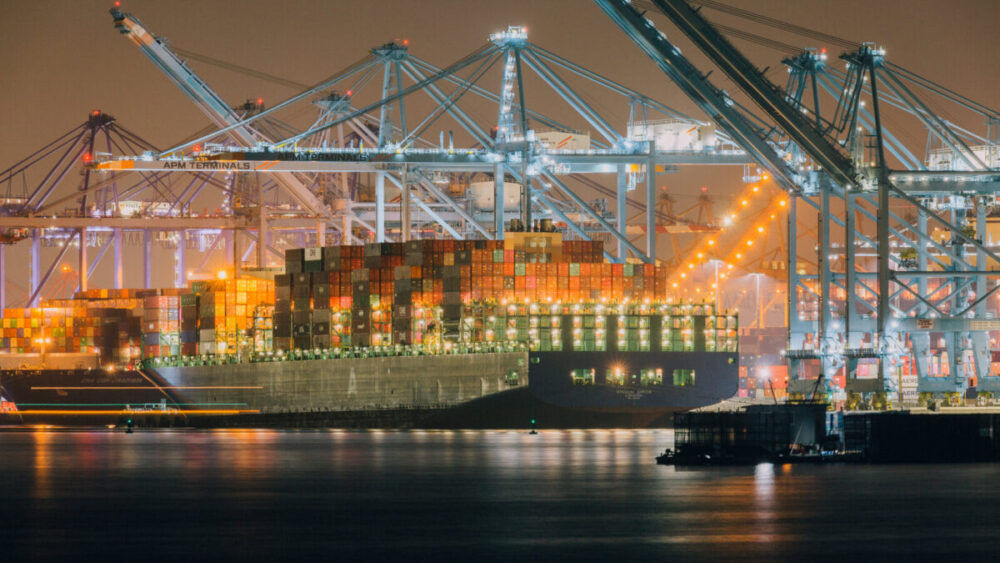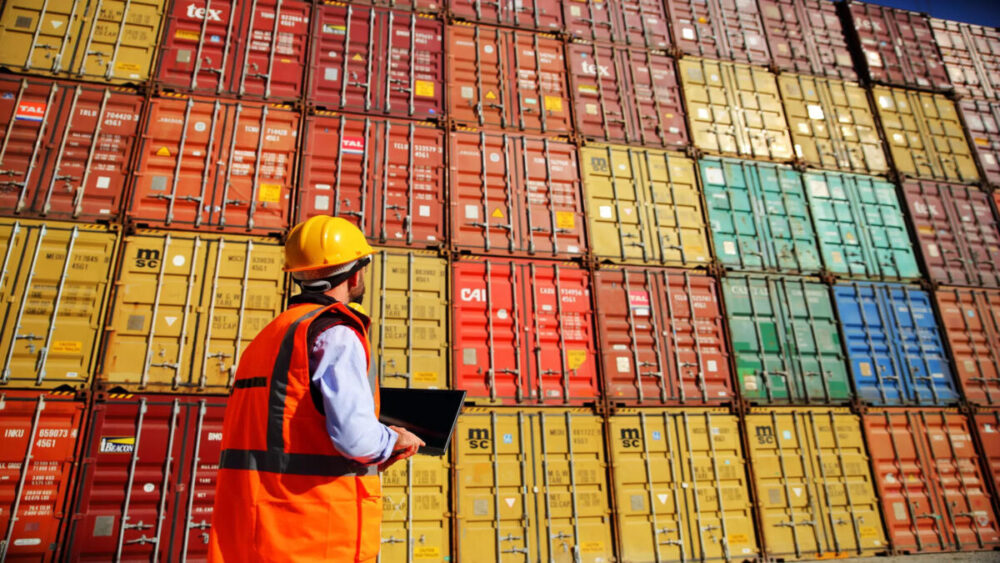
As two countries located on opposite sides of the globe, transportation between Canada and India involves considerable cost and logistics planning. This cost analysis encompasses various factors, including the method of shipping- air, ocean, or land freight, ancillary expenses such as insurance, customs fees, and any potential hidden costs that may arise during the shipping process.
Understanding every component that contributes to overall Canada to India courier charges is of significant importance for both individuals and businesses. For businesses aiming to establish or strengthen their supply chain between these countries, this knowledge ensures better management of finances, planning, and price setting. For individuals, especially those wishing to send personal items or gifts across borders, understanding these costs can help manage expenses and avoid any unexpected charges.
Basis for Shipping Cost Analysis
Several factors come into play when determining shipping cost, including the shipment’s overall weight and volume, the type of goods being shipped and their respective value, along with the specific mode of transportation used. The cost is also, to a great extent, influenced by varying fuel prices, customs duties, taxes and the distance between the point of origin and final destination.
Specific shipping rates, in turn, are determined through a combination of these elements. For instance, heavier and larger shipments would generally mean a higher charge due to their need for greater transportation space. Hazardous or delicate items might incur further fees due to the special handling required. Meanwhile, the selected mode of shipping – air, ocean, or land – has its cost profile. Air shipping is usually the fastest but priciest route, while ocean and land transports are more cost-effective for bulkier and less time-sensitive shipments. Currency exchange rates and ongoing geopolitical situations are other macro factors impacting the final shipping rate.
Various Modes of Shipping

Air Freight Shipping
One of the biggest advantages of air freight shipping is its speed and efficiency. It is the quickest way to deliver goods from Canada to India, making it an ideal choice for time-sensitive shipments. Air freight offers more reliable departure and arrival times, reducing the risk of delays. However, air freight is typically the most expensive mode of shipping. It also has stricter regulations for cargo types and sizes, limiting what can be shipped. In terms of cost analysis, air freight involves various costs such as handling fees, packing charges, documentation costs, and often higher insurance premiums given the value of air cargo.
Ocean Freight Shipping
For larger, heavier shipments, ocean freight can be the most cost-effective option, although it takes significantly longer than air freight. Ocean freight also has fewer restrictions on cargo types and sizes. However, there are cons such as susceptibility to weather delays and possible damage to goods from humidity and saltwater exposure. When breaking down the costs, ocean freight involves charges for vessel loading and unloading, port handling fees, customs clearance, and in some instances, additional surcharges for fuel or currency adjustments.
Land Freight Shipping
Land freight, often referred to as trucking, is mainly used for domestic or continent-wide deliveries and less commonly for international shipping between countries like Canada and India. Its advantages include flexibility in cargo types and sizes, lower shipping costs, and direct delivery to the recipient’s address. However, it is limited by geography and typically slower than air freight. The cost analysis for land freight includes factors like fuel charges, highway tolls, cross-border fees, and warehousing if necessary.
Breakdown of the Shipping Costs

-
Freight Cost
The primary component of shipping costs is the freight cost, which varies based on the mode of transport, the weight and volume of the shipment, and the distance between the origin and destination.
-
The Insurance Cost
This is the premium you pay to protect your shipment against damage or loss. It is generally a small percentage of the declared value of the goods.
-
Packing Cost
This covers the expense of packing materials and labor needed to safely prepare your items for shipment, especially for delicate or high-value goods.
-
Customs Charges
When shipping internationally, the goods need to clear customs both in the export and import countries. The fees charged by customs departments mainly consist of duties and taxes that depend on the type of goods and their declared value.
-
Port Handling and Service Charges
These cover the costs of loading and unloading the cargo at the respective ports, as well as any storage fees incurred if the shipment has to be temporarily held at the port.
-
Documentation and Administration Fees
These typically include costs for paperwork needed for international shipping, such as the bill of lading, customs declaration, and any other necessary shipping documents. It may also include the cost of services provided by a freight forwarder, if one is used to arrange the shipping.
Hidden Shipping Costs

-
The Currency Adjustment Factor (CAF)
As international shipping involves transactions in various currencies, the shipping companies may apply a CAF to protect against exchange rate fluctuations. This factor could significantly influence the total shipping cost, depending on current economic conditions.
-
Seasonal Variations
During peak periods, when demand for shipping services is high, the rates may increase. Also, adverse weather conditions can cause delays, leading to possible extra costs.
-
Unknown Surcharges
These can be related to various factors such as increased fuel prices (fuel surcharge), or additional fees for shipping to congested ports (congestion surcharge).
The cost analysis of shipping is influenced by various factors, such as the mode of shipment, the nature of goods, and numerous ancillary expenses. Gaining an understanding of these costs can assist in creating accurate budgets and financial plans, whether for individuals or businesses. Being aware of each component of shipping costs can also aid in avoiding unexpected expenses, providing a smoother and more efficient shipping experience.








